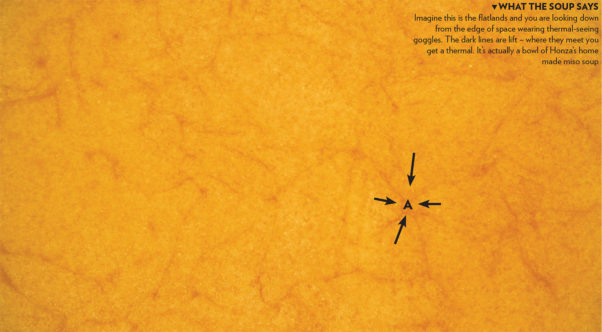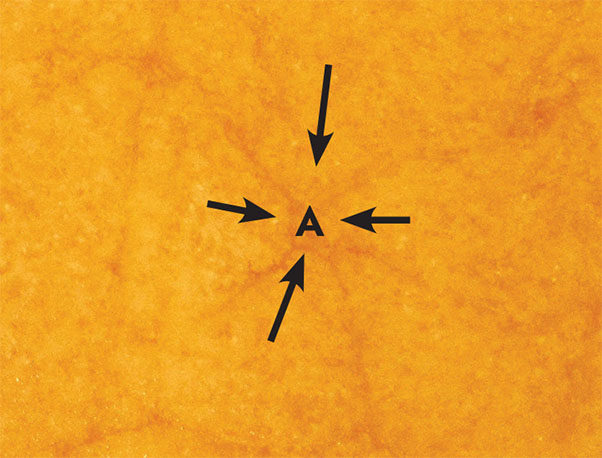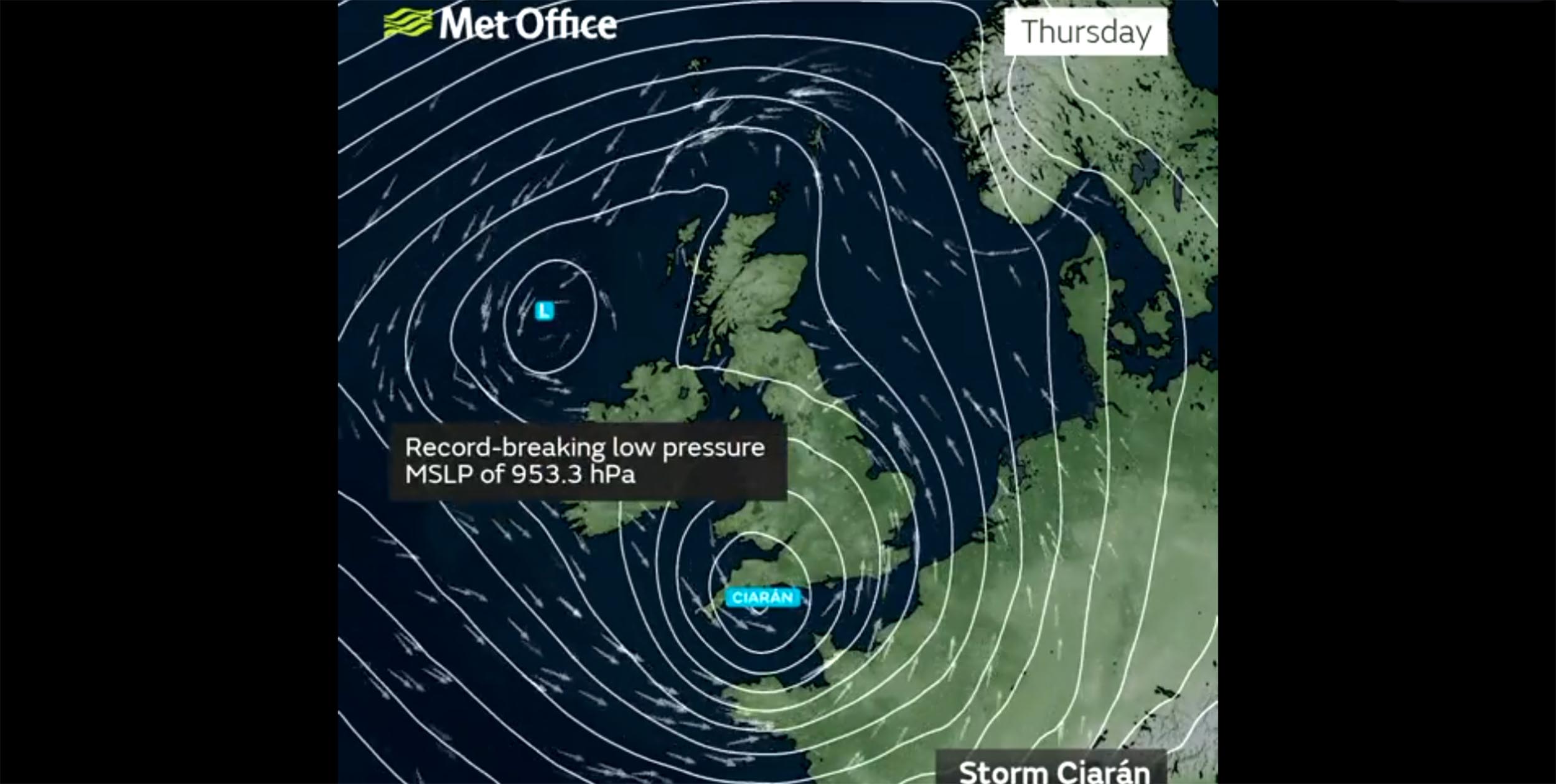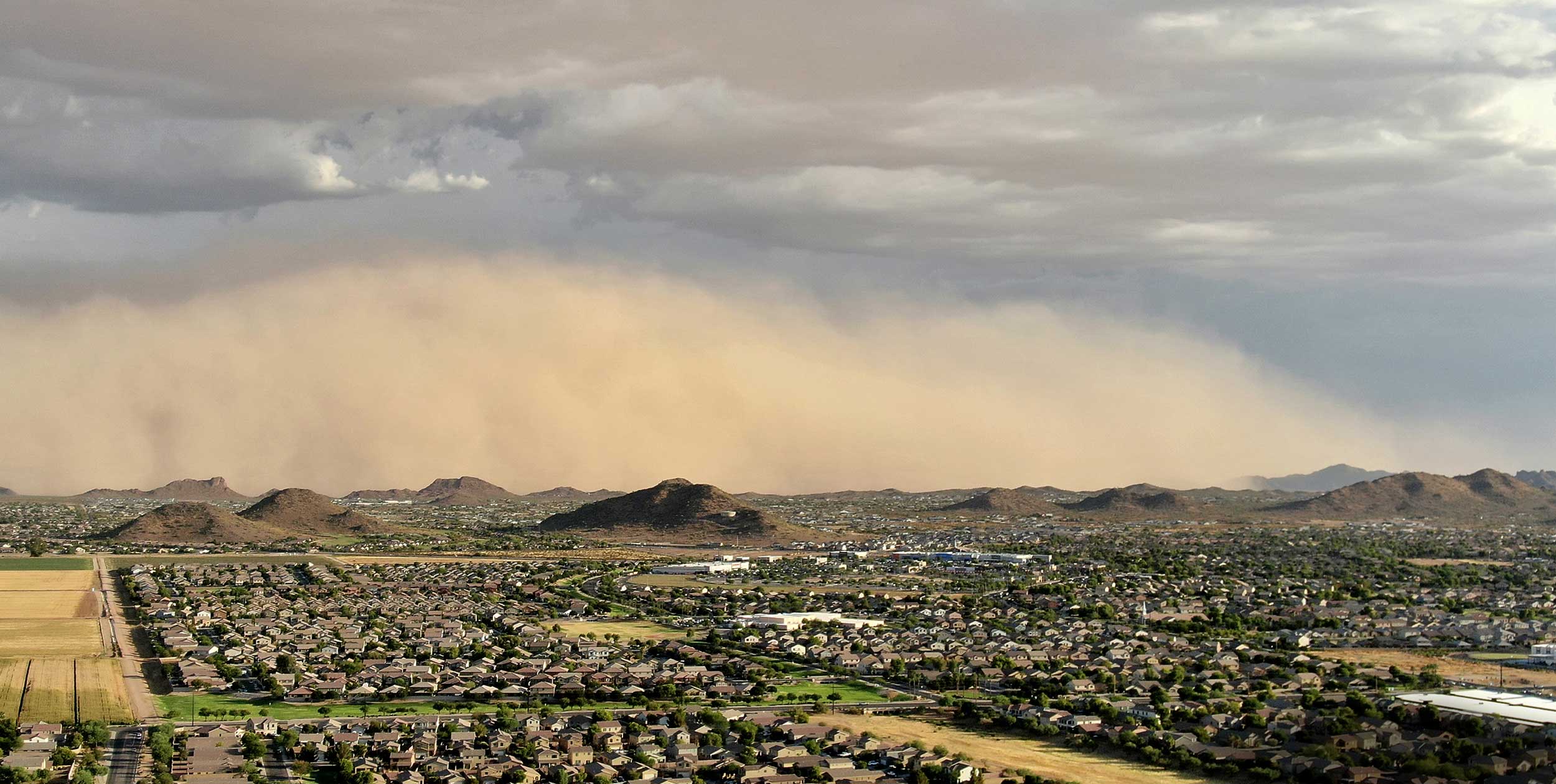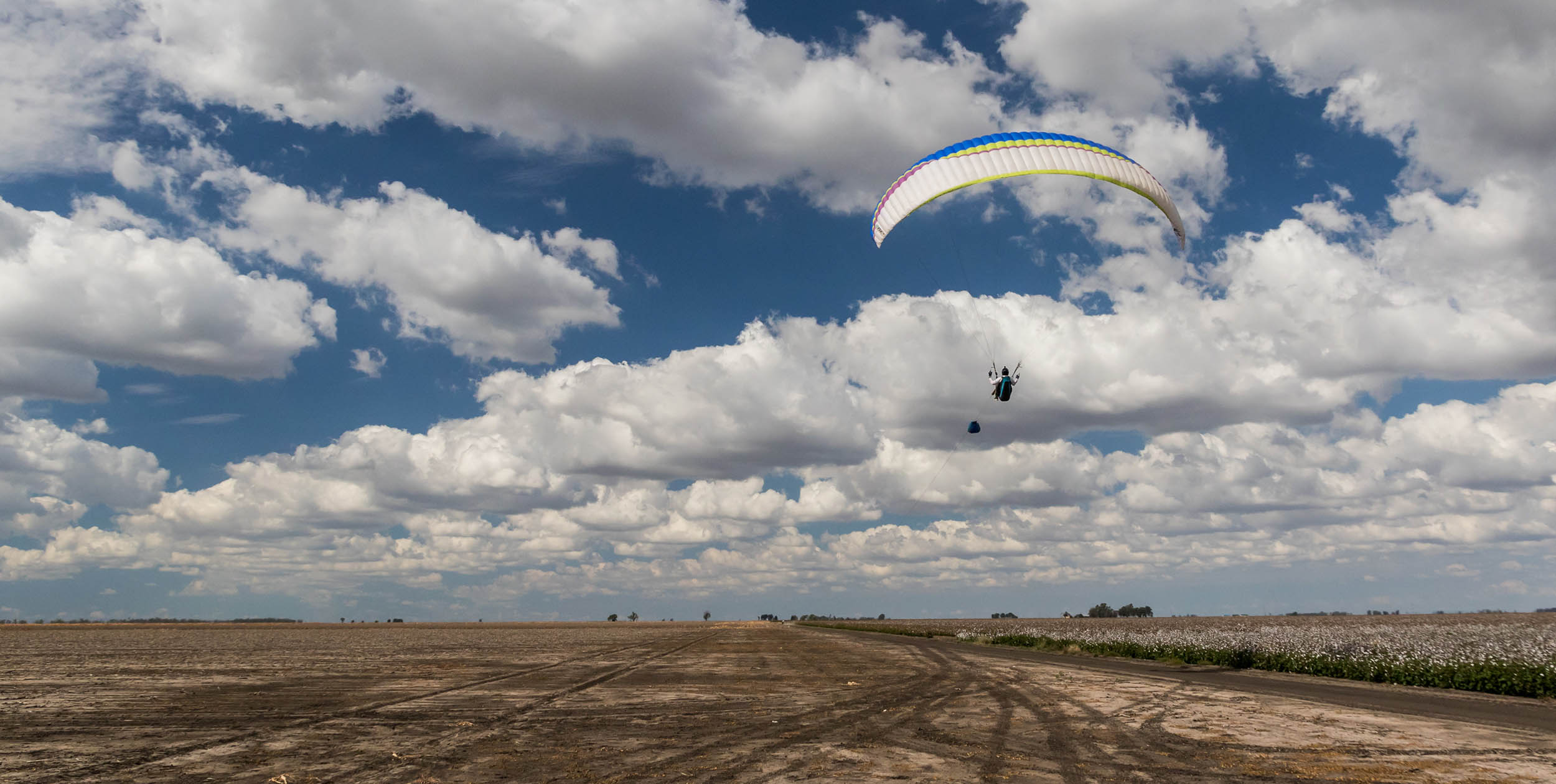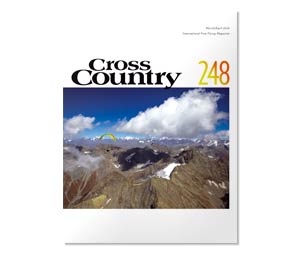Honza Rejmanek explains why gazing into your next bowl of miso soup could make you a better pilot…
The question of where the next thermal will be is as old as soaring itself. Over the years, much has been written on how thermals form and behave. Much of what is known is based on anecdotal evidence. The main reason is that, outside the soaring community, there has not been an overwhelming interest in this topic.
Most atmospheric science research focuses on larger scale phenomena. Additionally, it is very computationally expensive to run high resolution models. Even these models have a hard time with steep and complex topography.
The overarching concept is that thermals are cyclical in nature and they are just one component of the convective, heat driven, circulation that occurs in the boundary layer. Most pilots understand that finding a thermal is a game of probability. However, thermals are not dispersed randomly because semi-persistent circulation patterns develop throughout the day.
Good pilots are good at deciphering clues regarding the type of circulation that is currently present. They are also aware of how it is changing throughout the course of the day. They stack the odds of finding the next thermal in their favour.
Polygons and miso
As the boundary layer becomes convectively active, meaning when thermals turn on, there is close to a net balance in the amount of air that is moving upwards and downwards.
This holds especially true over a large, uniform, flat surface. With even heating and light winds, a polygonal, or cracked mud, pattern of convection sets up. This has been referred to as the hexagon theory.
Hexagons are the most efficient ways of organising cells. A honeycomb is a good example. However, when it comes to cellular convection the pattern is more reminiscent of cracked mud.
A great way of visualising this convection pattern is to make miso soup and watch it cool in a bowl. This is exactly what we are looking at in this abstract looking photo.
The only difference is that the surface of the soup is cooling and this negatively buoyant layer sinks. However, with a little imagination you can pretend that you are under a clear surface looking up rather than staring down at your soup.
The surface is heated and converges along the darker lines, which make up the polygonal shapes. The air in the centre of the polygons was sinking before it hit the surface and spread out in all directions. The areas along the periphery of the polygons are analogous to convergence curtains of air near the surface. Above where several such curtains intersect, we are likely to encounter a nice thermal – for example, A in the photo.
Like what you’re reading? You will find plenty more like this inside Cross Country magazine. Here’s what some of our readers say:
“Honza Rejmanek’s new met article helped me enjoy a magical flight yesterday. Thank you for a wonderful publication” – Dan Corley, USA
“I love your magazine more than anything.” – Urs Haari, Switzerland
“Cross Country has a massive impact on pilots’ awareness, worldwide. Great job in inspiring and sharing knowledge!'” – Ben Kellett, New Zealand
Convergence in the miso
Sometimes on final approach it is possible to find yourself flying along a really buoyant line low down. The irony is that sometimes strong lift low down can be the result of two descending batches of sinking air hitting the ground and colliding. This collision boundary is the convergence curtain.
Most convergence curtains do not rise very far up and they are too thin to properly turn in. Birds will often use these because they have a tighter turn radius and they can cheat and flap their wings if the full circle is not in lift.
With increasing wind, this polygonal pattern becomes elongated and eventually transitions to a helical circulation pattern, which results in thermal streets. If the tops of the thermals reach high enough for condensation to occur we get cloud streets.
In flat terrain, different surface types can start to modify some of these simple patterns. Most books on soaring flight discuss differences in thermal production over dry fields versus green fields.
Certainly, given the same amount of sunlight, air will heat faster over a dry surface than over a vegetated surface. When you are getting quite low in the flats your probability of finding rising air over dry fields is certainly greater than over a wet field.
However, it is still possible to sink out over a hot dry field or to get a low save over a vegetated one. Given that thermals are cyclical in nature, it is possible that it was just a matter of timing. Nonetheless, it is important to not think of thermals as independent entities.
Realising that a thermal is just one component of the convective circulation occurring in the boundary layer helps a pilot explain why good looking sources might not be working. A patchwork of dry and wet fields might be too small to induce individual local circulations from the wet fields to the dry fields.
In fact, each tile in this patchwork would have to be several kilometers wide in order to really dictate the circulation pattern. This can be the case the day after localised thunderstorms have occurred in the area leaving big wet patches of ground adjacent to areas that were missed by the storms.
There’s a fly in my miso
Returning to our miso soup example, it is important to be tuned in to subtle clues especially when flying out over the flats. The percentage of the sky covered in air that rises faster than our banked up sink rate is rather small. Lower down it is smaller yet, because the thermals are just beginning to accelerate due to buoyancy.
Watching your miso soup cool, you can start to appreciate that subtle changes in groundspeed when low down can help you fly towards lift. If your groundspeed picks up then there is a chance that you are flying towards a convergence curtain. If you are extra lucky then you are heading for an intersection of several convergence curtains.
Here the chance of getting a low save is good and if your whole circle fits into lift low down then you have a good chance of taking the thermal back to base and continuing on your XC flight. Don’t forget to celebrate with a big bowl of miso soup!
This article was first published in Cross Country 171 (July 2016). Honza Rejmanek is a five-time Red Bull X-Alps competitor and a meteorologist. He writes a regular column on weather for Cross Country. If you enjoyed this sample article, perhaps you’d consider subscribing and supporting the world’s only international free flying magazine?


